 The next MTS Houston Section luncheon will be held on April 28 2016. Dr. Michael Pavia, Chief Technology Officer with Glori Energy, will discuss delaying plug and abandonment by improving oil cut for mature offshore facilities.
The next MTS Houston Section luncheon will be held on April 28 2016. Dr. Michael Pavia, Chief Technology Officer with Glori Energy, will discuss delaying plug and abandonment by improving oil cut for mature offshore facilities.
Enhanced oil recovery operations are less common offshore in comparison to their mature counterparts onshore. Large inter-well distances, facilities constraints and capital expenditure limitations due to declining production greatly restrict choices for tertiary recovery strategies. Moreover, as oil cut continues to fall, maintaining economic production requires processing ever-increasing water volumes eventually requiring plugging and abandonment (P&A) even though well over 60% of the original oil remains in the formation.
A biological enhanced oil recovery (EOR) solution initially deployed offshore in the North Sea has been validated with multiple onshore demonstrations and is now available for mature, offshore facilities to promote preferential oil flow in water-flooded sandstone reservoirs. The method makes use of the existing biology in the formation.
This presentation will cover how rapid increases in oil production and oil-water ratios were achieved in as little as two to four months following initiation of biological EOR. Recommendations are offered for extracting otherwise trapped oil and recovering significantly more of the oil-in-place prior to P&A.
About the Speaker:
Dr. Michael Pavia is Chief Technology Officer with Glori Energy. Prior to joining Glori, Dr. Pavia was Entrepreneur-in-Residence with the venture capital firm Oxford Bioscience Partners, a position he held from 2002 to 2010.
Before joining Oxford, Mike Pavia was Chief Technology Officer at Millennium Pharmaceuticals, where his major focus was to improve the productivity of the drug discovery and development process through the appropriate use of new technologies.
Dr. Pavia has over 20 years of experience in pharmaceutical research and discovery. He was formerly VP - Cambridge Research at Sphinx Pharmaceuticals.
He also held senior scientific positions in the Department of Chemistry at the Parke-Davis Pharmaceutical Research Division of Warner-Lambert with a focus on drugs of the central nervous system. He serves on the boards of Azevan Pharmaceuticals Inc., and Selventa, Inc.
Dr. Pavia holds a bachelor’s degree in chemistry from Lehigh University and a doctorate in organic chemistry from the University of Pennsylvania.
UPCOMING MTS HOUSTON PRESENTATIONS AND EVENTS
April 28, 2016 – Delayed P&A Through Improvements in Oil Cut for Mature Facilities – Michael Pavia, CTO, Glori Energy
May 26, 2016 – Improving Deepwater Project Outcomes through Enhanced Collaboration, Cory Weinbel, Senior VP Development Projects, Venari Resources
June 23, 2016 – Search for MH370 Survey, Strategy and Technology, Edward J Saade, President Fugro (USA)
July 28, 2016 – Annual Golf Tournament – Black Horse
August 25, 2016 – Stampede Development Update, Stephen Whitaker, Director, HESS


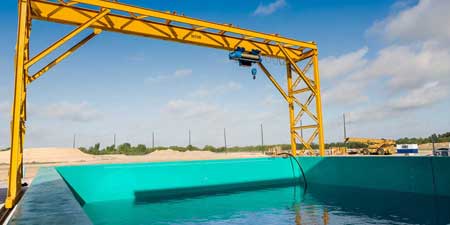 Seanic Ocean Systems Inc. (Seanic)
Seanic Ocean Systems Inc. (Seanic)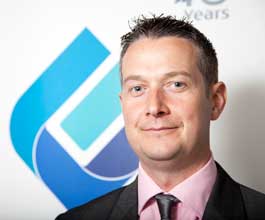 John Anderson, Exceed commercial director
John Anderson, Exceed commercial director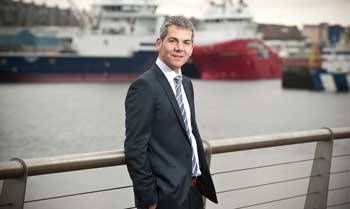 Fraser Moonie, chief operating officer of Bibby Offshore
Fraser Moonie, chief operating officer of Bibby Offshore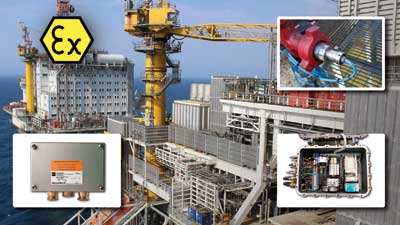 Seagull Oil & Gas
Seagull Oil & Gas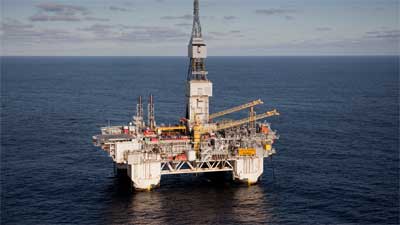 Aker Solutions'
Aker Solutions'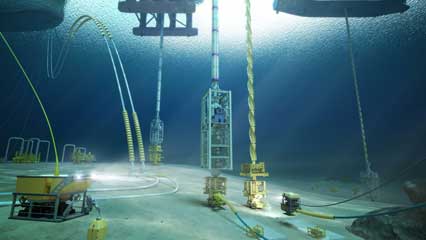 Materia’s Proxima® resin technology delivers a broad range of products that increase reliability and performance for high pressure, high temperature applications in deepwater oil and gas exploration and production.
Materia’s Proxima® resin technology delivers a broad range of products that increase reliability and performance for high pressure, high temperature applications in deepwater oil and gas exploration and production.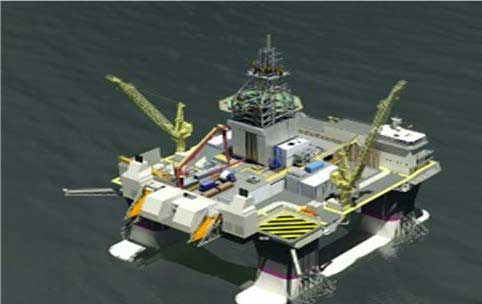 Songa Offshore
Songa Offshore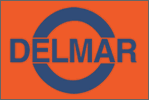 The proprietary Delmar Quick Release (DQR) was successfully installed and activated on a traditionally moored semi-submersible MODU in the US Gulf of Mexico. Eight DQRs were installed in an offshore mooring systems and deployed for over 160 days in approximately 7800' of water.
The proprietary Delmar Quick Release (DQR) was successfully installed and activated on a traditionally moored semi-submersible MODU in the US Gulf of Mexico. Eight DQRs were installed in an offshore mooring systems and deployed for over 160 days in approximately 7800' of water.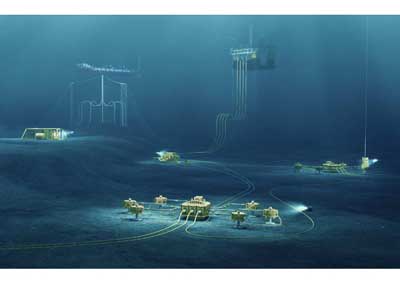 Subsea illustration Credit: DNV GL
Subsea illustration Credit: DNV GL The MAY 2016
The MAY 2016  Photo credit: BSEE
Photo credit: BSEE The next
The next 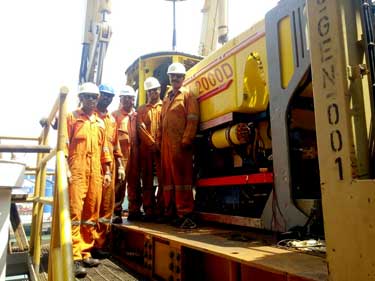
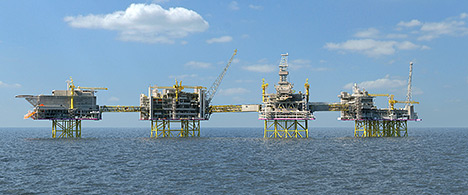 Johan Sverdrup platform. Credit: Statoil
Johan Sverdrup platform. Credit: Statoil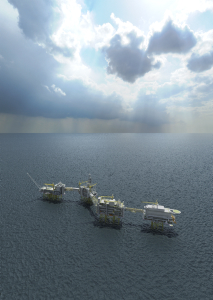 Johan Sverdrup is by far the largest ongoing project on the Norwegian Continental Shelf for the next few years. Credit: Statoil ASA
Johan Sverdrup is by far the largest ongoing project on the Norwegian Continental Shelf for the next few years. Credit: Statoil ASA